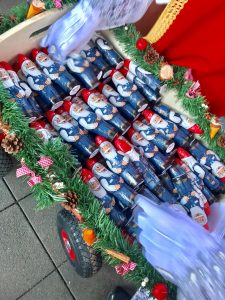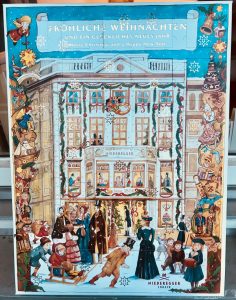Have you tried this delicious traditional dish made of potatoes? It pairs perfectly with Glühwein or Feuerzangenbowle at the Christkindlmarkt and also available at the Medieval Markt. This savory dish is mainly served with sauerkraut. However, since the Schupfnudeln have a neutral taste it’s easy to combine them with most other flavors even with cinnamon and sugar (although in my opinion it’s best with a meat like duck). Traditionally the dish is made by hand and it’s quick and simple to prepare. To make the recipes include mashed potatoes, egg, and flour. Then the dough is rolled into shape and cooked in either salt water, deep fried, or fried in a pan. Schupfnudeln can be served as a main dish or as a side. The Swabians were the originators of this dish as they also had an impact on many other food traditions in Germany like Spaetzle for instance. Try this tasty dish the next time at the Christkindlmarkt and Guten Appetit!








